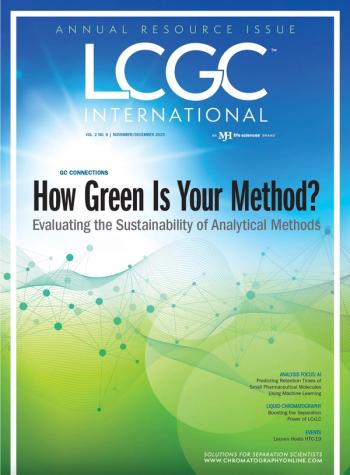
LCGC Europe eNews
- LCGC Europe eNews-10-12-2012
- Volume 0
- Issue 0
World's Largest Pharmaceutical Chromatography Plant To Be Built in Europe
Novasep (Pompey, France) has announced an investment of €30 million into the construction of the world’s largest pharmaceutical chromatography plant.
Novasep (Pompey, France) has announced an investment of €30 million into the construction of the world’s largest pharmaceutical chromatography plant. The plant will be located on Novasep’s existing Mourenx site in France and will be used for the production of a large volume commercial API (active pharmaceutical ingredient).
The plant will be designed and planned by the company’s in-house engineers, with plans for the plant to be operational and validated within 18 months. The investment follows the projection of a rapid increase in demand for large volume, highly purified API from complex mixtures. The systems within the plant will reportedly incorporate solvent recovery systems for the recovery of 99.9% of solvents reducing environmental impacts of the plant.
"Demand for Novasep's advanced, purification-based manufacturing capabilities in the life science industries continues to increase as drugs in development and reaching the market become more complex and specific. This necessitates our third and largest global plant expansion in 2012," commented Patrick Glaser, President and CEO of Novasep." This project demonstrates the validity of the Novasep strategy which is based on the combination of synthesis, biosynthesis and purification. We thank our institutional partners for their active support and our shareholders for their strong involvement to enable this transforming project."
For more information please visit:
ref=http://www.novasep.com >www.novasep.com
Articles in this issue
about 13 years ago
Helium Crisis or Helium Hype?about 13 years ago
Sigma Aldrich Recognized For Climate Change DisclosureNewsletter
Join the global community of analytical scientists who trust LCGC for insights on the latest techniques, trends, and expert solutions in chromatography.



